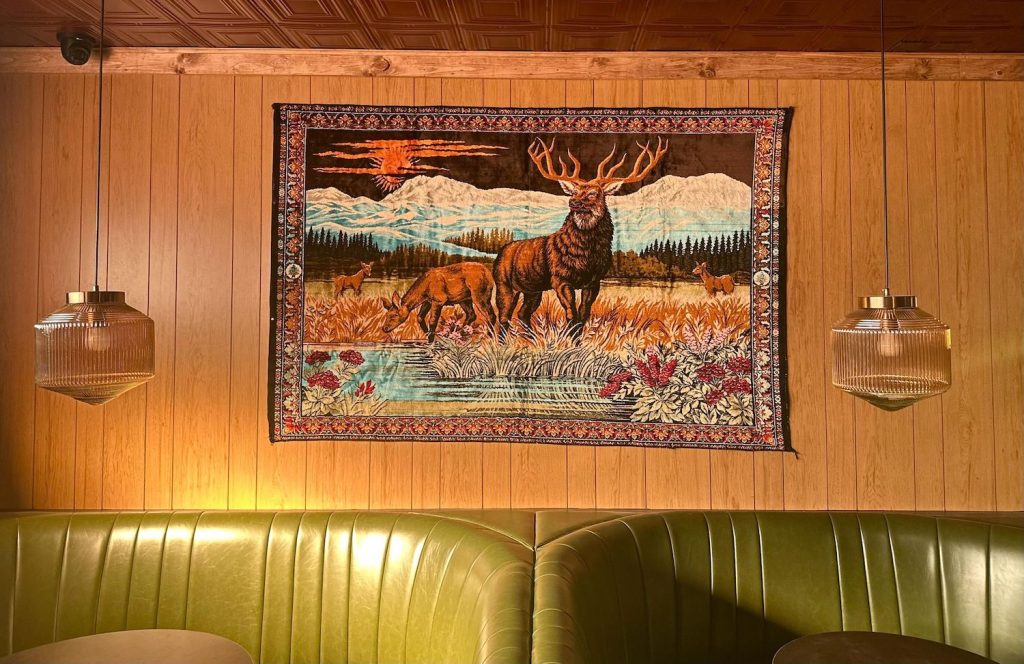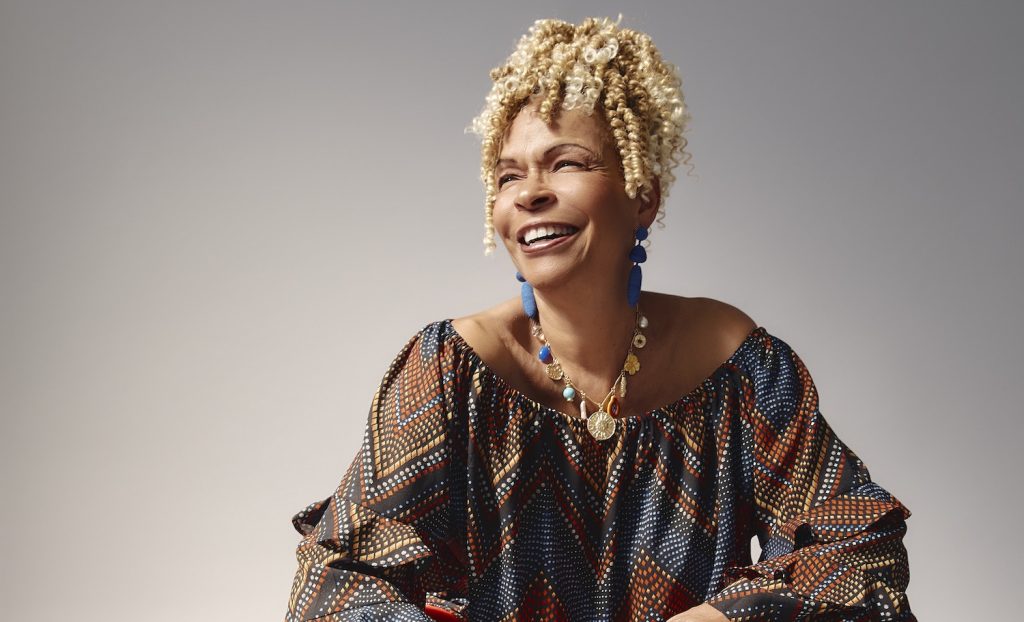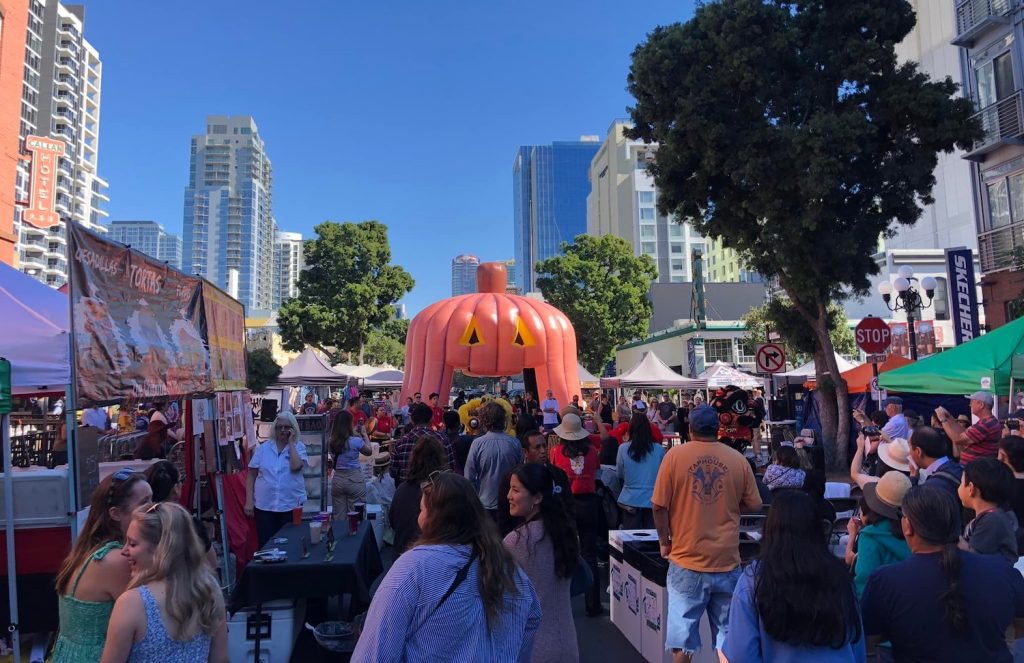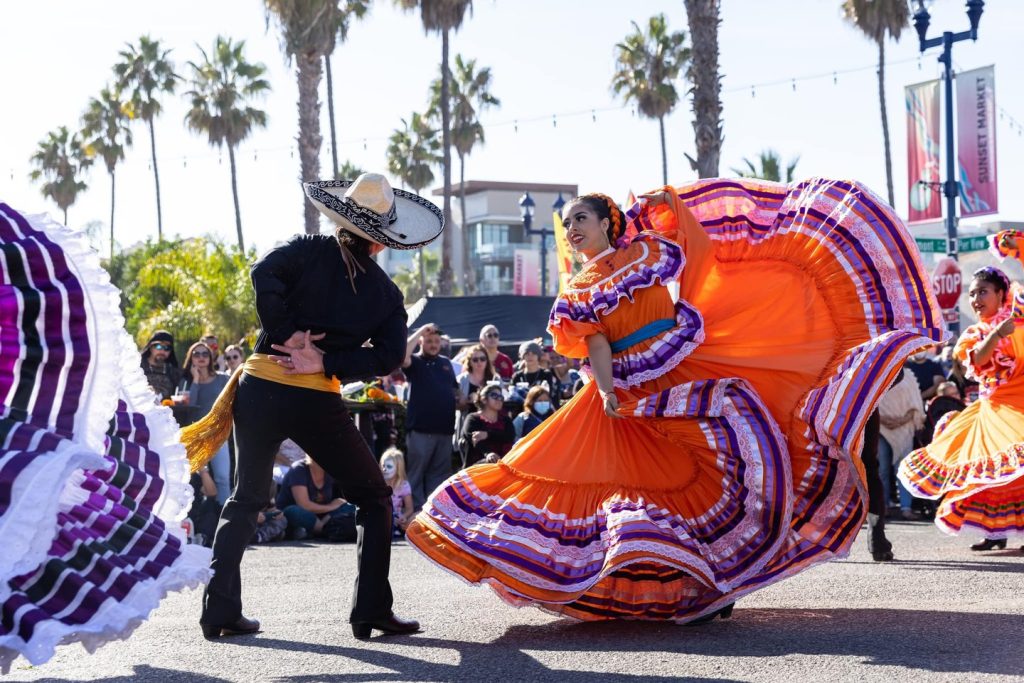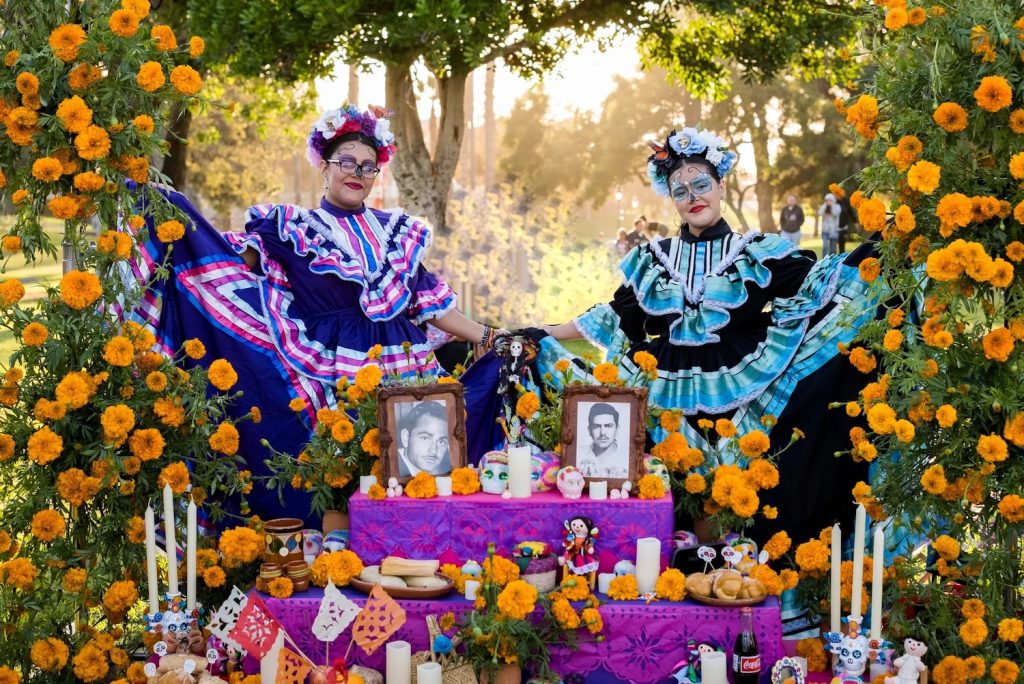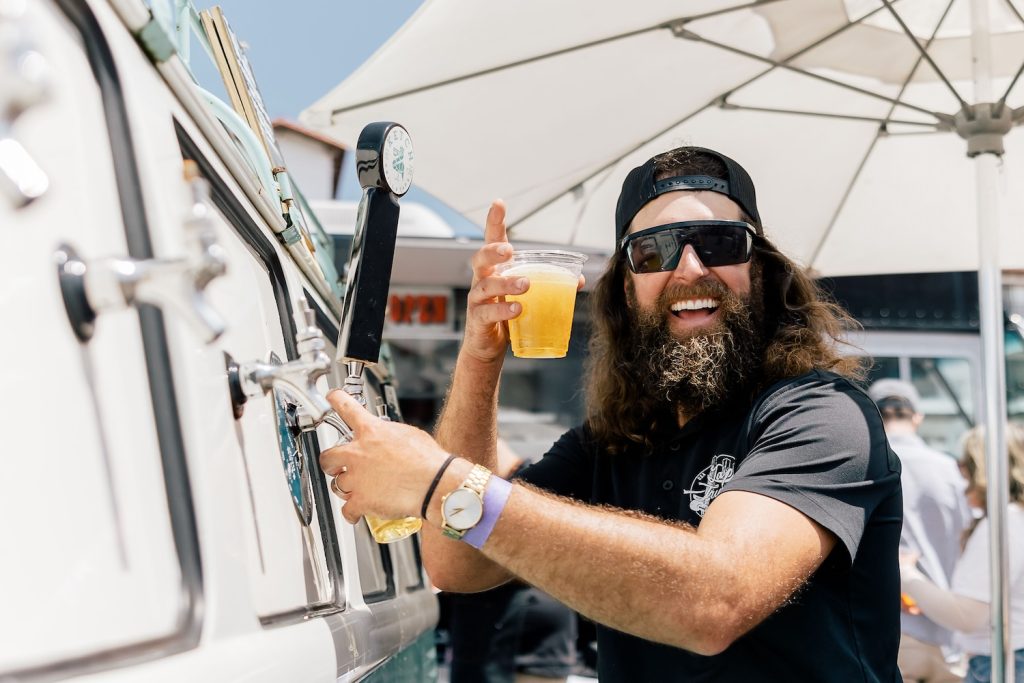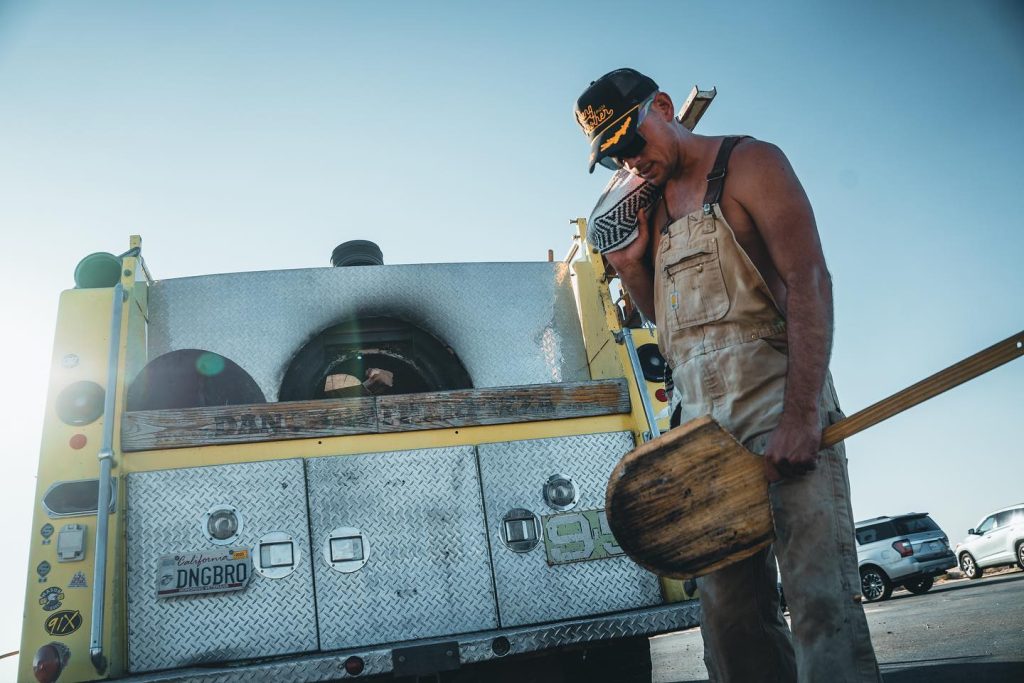
A Return to the War Zone
Barry Pollard of the Urban Collaborative with a mural he helped the community organize on a fence that was a target for graffiti.
On a recent November afternoon that felt like summer, 15 sophomores convened at a round table inside The Bishop’s School. Downtown La Jolla may seem an unlikely place to take the pulse of trouble in Southeastern San Diego, but that was the sole item on the agenda of the Building Peace Club. More a teenage think tank than a club, Building Peace was started after a class project brought the classmates across town to a place they’d only ever seen on the news. The class had gone to make a documentary video, but they came home with a mission: to spread the word about the war zone that is barely 15 miles south of the safe harbor of La Jolla.
The students were inspired in part by the situation described in “It’s a War Zone Down Here,” a San Diego Magazine feature published in the spring of 2012 that compared murder rates in Southeastern San Diego with the otherwise low rates throughout the rest of the city. The year 2011 reflected higher homicide and violent crime rates throughout the city—particularly in the communities of Southeastern San Diego.
Today, the Crime Statistics Map maintained by the San Diego Police Department shows a reduction in the number of homicides in the area. In 2012, they counted 21. In 2013, there were 14 such killings, as of this writing. “The criminal aspect has diminished a little,” says David Tos of the SDPD Southeastern Division, “through a program called Off the Streets, and through the Diversion programs.”

Andrew Castro
“Diversion is a game changer,” agrees Juvenile Services Team Detective James Dickinson of the five-week series of mandatory classes for teens who have been rounded up during police curfew sweeps—and their parents. He says police are picking up more and more curfew-violating teens from northern areas who travel southeast to party. “They come down here because they want to feel the edge,” Tos says.
He and Dickinson praise the community leaders and support groups that have grown in response to violence. “The only way to effectively reduce crime is for the police and the community to work together in a symbiotic relationship. And we’ve been able to do what we do because of the community involvement,” Tos adds.
The Jackie Robinson YMCA near Lincoln Park administers much of the community outreach, volunteer action, and support services in response to violence in the area and in coordination with SDPD. It was ground zero for the original war zone story reporting in 2011, so it was also where the Building Peace project centered its coverage two years later. What the group found is that those most involved in the community and personally touched by murder and violence paint a far less rosy picture today than the SDPD statistics.

David Tos, an SDPD officer
David Tos, an SDPD Southeastern Division officer, helps run a diversion program for youth caught violating curfew.
Mothers With A Message, a new volunteer group of victims’ moms who spend time in public recounting over and over again their stories of loss, will be a prominent voice in the students’ documentary.
“Putting a face to death took us to a place that news stories and magazine articles just cannot,” Building Peace co-founder Andrew Castro, 16, says. Sara Chang, 15, another co-founder of the club, says the stories she heard from the mothers shook her core beliefs about this city. “A lot of people think about San Diego as a great environment, a safe place for kids,” says Chang. “That’s not true for everyone who lives here.”
Since Monique got killed, the killing’s got worse,” says Tracey Swafford, one of the subjects of the documentary and a member of Mothers With A Message. Her 17 year-old daughter, Monique, and a friend were murdered by gang members. “And that was five years ago.” Her gauge is the growing numbers of families that need help. “Since then,” she says, “over 100 more families have come through the Compassion Project.” (The San Diego Compassion Project was formed in 2008 to help families of murder victims in Southeastern San Diego cope with the loss.)

Sasha Knox
Sasha Knox is Outreach Director for the Jackie Robinson Family YMCA.
Bevelynn Bravo sits next to Swafford outside at the Starbucks at Market Creek Plaza. On the table in front of her is a pair of infant’s shoes and an orange plastic pocket Bible. “These were my son’s.” Things have changed sharply for Bravo in the past year. She went from being a Compassion Project counselor to becoming a client herself after her son Jaime was stabbed to death on a Saturday night in May of 2013.
“At the time it happens, you just want justice. It won’t bring your kid back, but you want justice,” says Alejandra Sembrano, who arrives at the Starbucks in hospital scrubs; she has come directly from work.
Tonight, these three founders of Mothers With A Message are scheduled to speak to a group of teens at an SDPD-sponsored Diversion meeting at a neighboring school. “We’re not gonna let that pain consume us,” Bravo says. “That’s why we go out and speak to people.” Her message is simple: “That somebody loves you. You say that to a room full of kids at a Diversion meeting, and you see a response in their expressions.”
“Each of our stories is different,” Sembrano says. “But we cry the same tears.”

Bevelynn Bravo
Bevelynn Bravo at the gravesite where Jaime is buried. He was stabbed to death in May 2013.
Dennis Martinez is part of the Diversion program, too. He also runs a neighborhood residential treatment program nearby. “In 2008, [when] the community and SDPD started Youth Diversion, that was the community saying we’re tired of the 12 to 19 deaths a year among kids 18 and under.” The curfew sweeps are part of this program. “In two years, we’ve seen a good turnaround. But is this place safe? No,” he says. “It’s a constant battle. It’s still a war zone. This past summer there was a shooting almost every day.”
Sasha Knox, outreach director at the Jackie Robinson YMCA, was in charge of organizing the interviews and interactions for the Bishop’s School students. “I wake up every day and I wish the community didn’t need my job,” she says. She also says violence in Southeastern San Diego has not let up. “I can think of four shootings this week alone,” this during the week following Halloween 2013. “For anyone to say violence is not an issue here? They’re not going into these homes and sitting with these families.”
One of the newest groups to form in response to street violence is called the Urban Collaborative. “We were seeing a lot of people walking the streets here at two and three in the morning, doing what I call the crackhead shuffle,” says Barry Pollard, who started the Collaborative after he lost his bid for City Council in March. “It became obvious to me that we needed to get a neighborhood watch up and running.” He thinks his watch group has helped reduce police response time. “And we broke up the commerce of the crack trade.” Pollard says neighbors are flat-out tired of violence. “We have learned that if there is going to be any change whatsoever, that we are going to have to do it. No one is gonna rescue us. And I think that message is finally coming clearer.”

Bevelynn Bravo holds a locket with an image of her son, Jaime Bravo
Bevelynn Bravo holds a locket with an image of her son, Jaime Bravo.
It is a challenge that the Mothers With A Message know all too well. “We go talk after work, on the weekends. We volunteer at curfew sweeps. Sometimes, we’re out till four a.m.,” Bravo says. “We volunteer. This is how we heal. This is what we do.”
The students’ documentary is currently being edited for release on the Jackie Robinson YMCA website and at The Bishop’s School. “These mothers of kids who were murdered, whom we talked to, who want to move forward without revenge?” says Building Peace member Eileen Mahler. “I thought that was a very positive thing to learn.” The students weren’t expecting these mothers to be so forgiving. And for Andrew Castro, it became a call to action.
“Violence happens a lot more often than we think, but it doesn’t make the news. It’s a lot more important than, like, the Chargers,” he says. “But it’s a lot easier to immerse yourself in sports than to hear about the problems of another community.”

